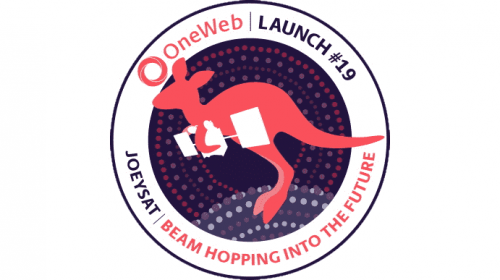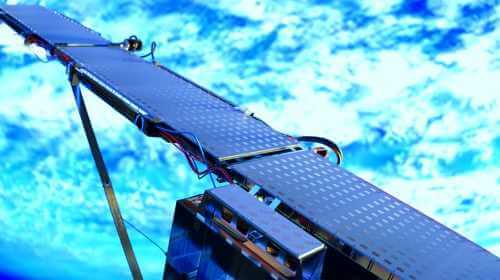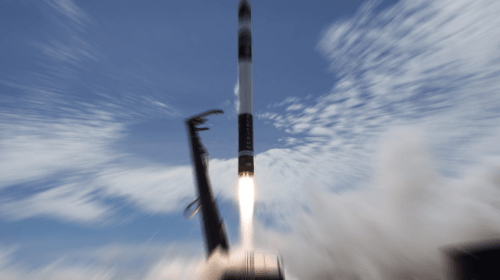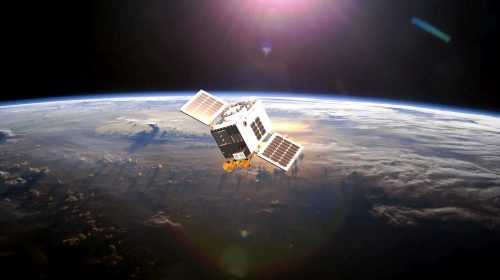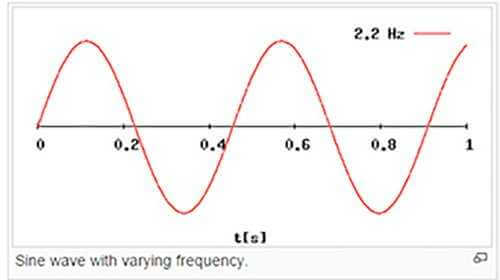Strategic Market Consolidation in the Satellite Industry
Aug 12, 2025
The recent acquisition between SES and Intelsat arguably signals a new dawn in the satellite sector, however, will this merger create a strong competitive force against the rising competition in the market? The merged firm with the name SES now manages around 90 Geostationary Orbit (GEO) satellites, 30 Medium-Earth Orbit (MEO) satellites, and has strategic access to Low Earth Orbit (LEO) satellites, according to the announcement by the operator. But do they have enough assets to be able to compete effectively with such ambitious projects as OneWeb and Amazon’s future Kuiper constellation?
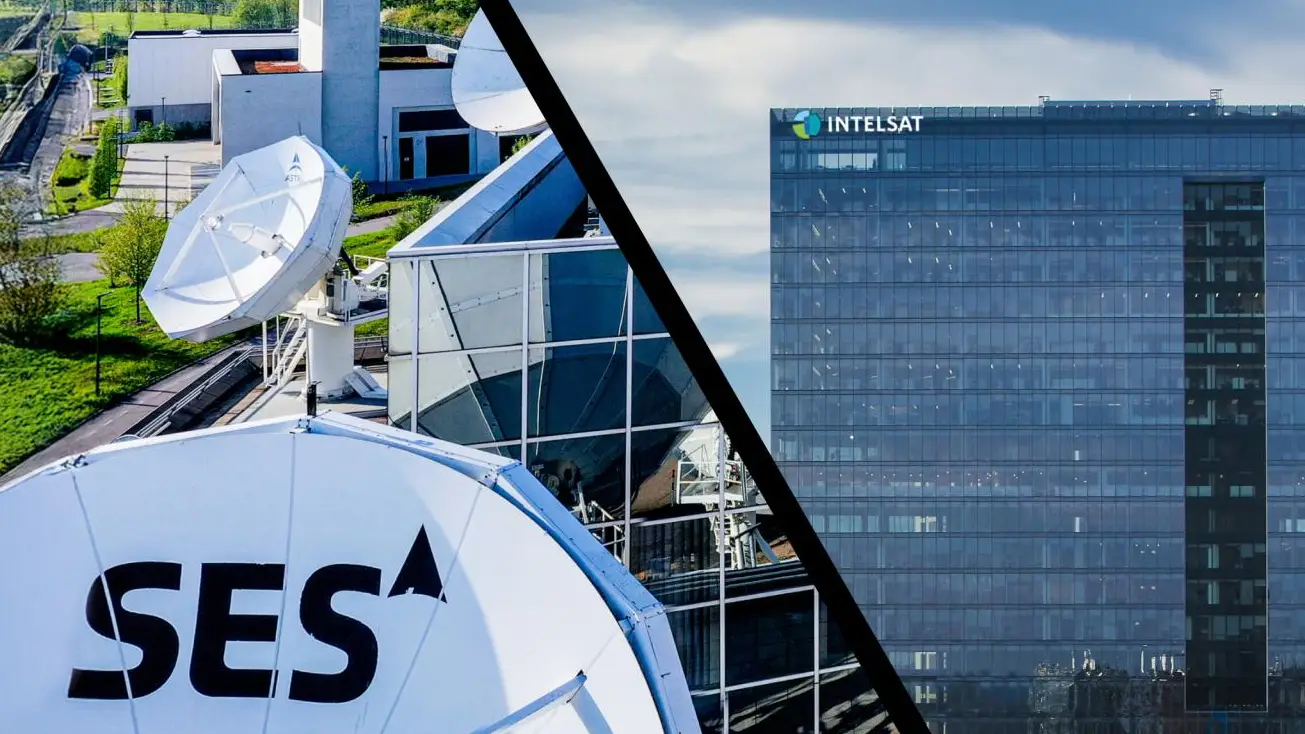 SES and Intelsat Join Forces. Credit: Intelsat
SES and Intelsat Join Forces. Credit: Intelsat
The management of the merged company is led by SES CEO Adel al-Saleh who explained that they are building a stronger company fit for the future, merging talented people, network infrastructure, spectrum, innovation, and global relationships to provide next-generation connectivity services. The question that remains is, can such a diverse group of assets be integrated by the new executive team, a combination of SES and Intelsat executives, and still keep the company headquarters in Luxembourg and have a strong presence in the United States with its main North American office in McLean, Virginia. Former Intelsat CEO David Wajsgras, who had revitalized the company after it emerged out of bankruptcy, was confident in the change of leadership but said he would not stay in a managerial position, which leaves a question as to whether the vision and execution strategy will continue.
Multi-Orbit Network Strategy and Competitive Positioning
The industry experts are weighing the merger to determine whether it forms a multi-orbit behemoth that can be well-positioned to exploit the global markets and launch quality services in major areas, as Andrew Cavalier of ABI Research articulates. The strategic question arises, is this a genuine development demonstrating how GEO and MEO networks can compete with LEO constellations through development of large-scale networks and investing in emerging technology segments, or an attempt at consolidation defense? According to Cavalier, Europe finally has a concrete response to the sovereign space needs, yet the success of such positioning should be proved in practice.
 Former Intelsat CEO David Wajsgras. Credit: Intelsat
Former Intelsat CEO David Wajsgras. Credit: Intelsat
The merged company has gained a large network and a lot of government, aviation, maritime, and cellular backhaul contracts, which could expand its portfolio by a large share. Daniel Welch of Valour Consultancy observed that the transaction gives SES more power in markets where it was already strong, including defense and government, as additional assets provide it with more optionality and redundancy. However, the question of whether continuing the relationship with OneWeb will give SES a competitive product in low latency networks with other LEO operators and Kuiper remains a critical question considering the market penetration of OneWeb in the commercial aviation and shipping industries in the last 12 to 24 months.
Integration Challenges and Operational Considerations
The major issue of the new SES is how to use the combined resources of the two networks to make the most profit and efficiency in an environment where the LEO and sovereign space capabilities are becoming more in demand among the global customers. The largest obstacle, according to Cavalier, was the need to prove to the market that GEO and MEO solutions remain the choice over what he described as the new “LEO hype”, but is this a battle that can be won in the face of the current LEO constellation momentum? The company should prove that multi-orbit, multi-band solutions will become a major factor in the coming years, using its current O3b and GEO networks and its new acquisitions.
 Intelsat HQ. Credit: Google
Intelsat HQ. Credit: Google
The other major integration issue is the Intelsat brand that SES will have to deal with, especially in commercial aviation where brand recognition and customer relationships are very important. Welch looked forward to a time when the company could spend time training aviation customers on the capabilities of SES, with major product offerings such as 2Ku and FlexExec likely to stay in place in the short to medium term. But will such a transitional strategy hold customer confidence or would there be uncertainty that competitors could take advantage of during this vulnerable integration period?
Future Market Dynamics and Success Factors
The fundamental question surrounding this merger centers on whether combining two large companies can overcome the inherent challenges of workforce integration and market realignment that typically accompany deals of this magnitude and scale. Welch pointed out that the company will need to realign its go-to-market approach for solutions and services that currently compete with one another, while also determining the future of Intelsat’s existing OneWeb partnership. The complexity of merging operational systems, customer databases, and technical platforms presents significant risks during the integration period when competitors may attempt to capitalize on any service disruptions or customer uncertainty. Additionally, the cultural integration of two organizations with different corporate philosophies and operational approaches requires careful management to prevent talent exodus and maintain institutional knowledge that both companies have accumulated over decades of operations.
The regulatory landscape adds another layer of complexity to this integration process, as the combined entity must navigate various international telecommunications regulations while maintaining compliance across multiple jurisdictions where both companies previously operated independently. The merger also raises questions about pricing strategies, as the new SES must balance the need to remain competitive with LEO operators while leveraging its expanded scale to offer differentiated services that justify premium pricing in certain market segments. Furthermore, the integration timeline becomes critical, as prolonged uncertainty could lead existing customers to explore alternative providers, particularly in competitive sectors like maritime and aviation where service continuity is paramount.
The success of this merger ultimately depends on whether clients truly value the redundancy and resilience that connectivity solutions from a combined SES-Intelsat entity can provide, or if they will be swayed by the innovative approaches and competitive pricing of other LEO constellation operators. The financial implications of this integration extend beyond immediate operational costs, as the combined company must invest substantially in technology upgrades and network optimization to realize the promised synergies while simultaneously funding research and development to remain competitive in rapidly evolving market segments. Market analysts suggest that the true test of this merger’s success will emerge within the first 18 to 24 months, as customer retention rates, revenue growth, and operational efficiency metrics become clearer indicators of whether the strategic vision can be successfully executed.

